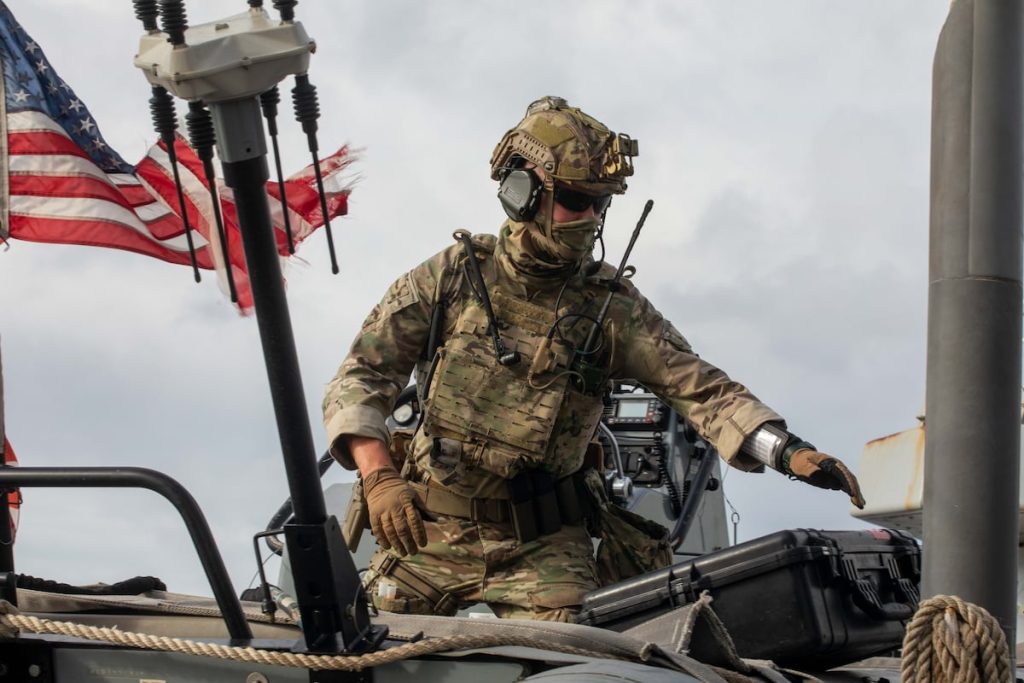The U.S. Coast Guard recruited the most new active-duty enlisted service members in fiscal 2025 since 1991, according to a release from the service.
The military brought in 5,204 active-duty enlisted personnel, far exceeding its goal of 4,300.
“More Americans want to serve in the Coast Guard than ever before,” said Adm. Kevin Lunday, acting commandant of the Coast Guard.
“We aren’t just growing – we are bringing in the best talent from across the United States and building the workforce of the future,” he said.
The Coast Guard met its recruitment goals for the second consecutive year, after the service brought in 4,422 new active-duty enlisted service members in 2024.
In fiscal 2025, the service also commissioned 371 new officers, fulfilling the highest officer target achieved in recorded history, the release said.
The Coast Guard also recruited 777 reservists, exceeding its goal of 750, marking the third year in a row the service met its reserve goals.
To continue its hot streak of bringing in new service members, the Coast Guard opened seven new recruiting offices in fiscal 2025, including offices in Miami, Los Angeles and Cincinnati, as well as on New York’s Long Island and in Austin, Texas; Grand Rapids, Michigan; and Davenport, Iowa.
The Coast Guard is currently in the midst of an overall facelift as part of Force Design 2028, a plan introduced by Homeland Security Secretary Kristi Noem in May to transform the service into a “stronger, more ready, and capable fighting force.”
An executive report released by the Coast Guard detailed plans to establish the first Coast Guard service secretary, reform the service’s contracting and acquisitions, leverage technology, and get rid of obsolete programs, according to a Coast Guard release.
The report notably called for the service to increase its military workforce by 15,000 by fiscal 2028.
Riley Ceder is a reporter at Military Times, where he covers breaking news, criminal justice, investigations, and cyber. He previously worked as an investigative practicum student at The Washington Post, where he contributed to the Abused by the Badge investigation.
Read the full article here


